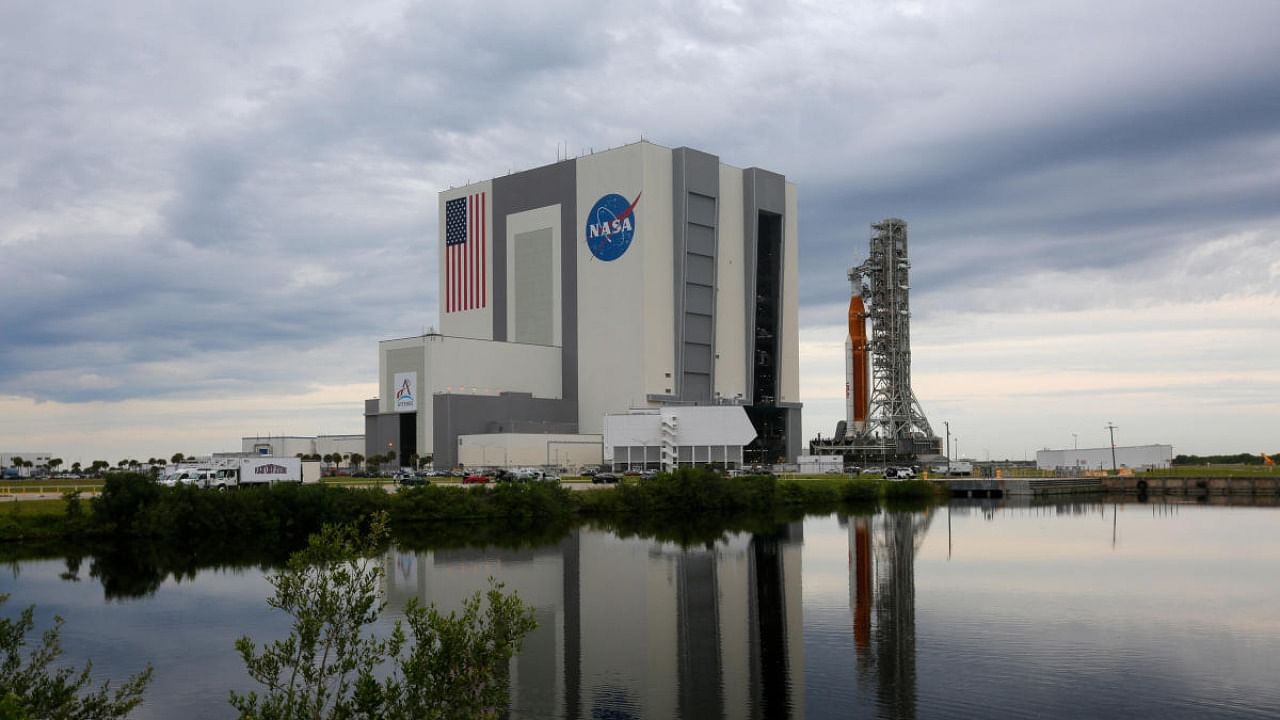
NASA’s Artemis Moon missions aim to gain sufficient learnings for its human mission to Mars in future, said Dr Kathryn Lueders, Associate Administrator of NASA’s Space Operations Mission Directorate, speaking at IISc on Tuesday.
Artemis I, a manless mission, which was deployed to the Moon this November, had returned safely on December 11.
Artemis II, a crewed flight test, will be launched in 2024, and Artemis III, a crewed mission to the lunar surface, would be launched in 2025.
NASA is collaborating with partners for Artemis IV as well, she said. “We are laying the foundation to work on the Moon for the next 10 to 15 years. The goal is to go to the Moon, and also stay and work together on the Moon. It’s not about one person on the Moon anymore, it’s about putting together different projects there in terms of collecting data, developing technology, etc.”
“A human mission to Mars requires at least nine months each of transit to and fro, and five months on Mars. We don’t know how to do that now. The learnings from the Moon missions will help,” she said.
She said that NASA plans to extend its International Space Station (ISS) till 2030 as it wants to continue to be in low-earth orbit (LEO). “For that, we need to figure out how to operate commercially, and ways in which industry can collaborate with us and solve problems,” she said. “We want to figure out how to live and work in the LEO long-term, and build an economy in LEO.”
ISS has been in space for over 20 years, and has been visited by 250 individuals from 19 countries, has conducted over 3,000 investigations and worked with students and others globally, Dr Lueders said.
Speaking to the media, Dr Lueders said that NASA would collaborate with India through the human flight working group, and that she would visit the agency.